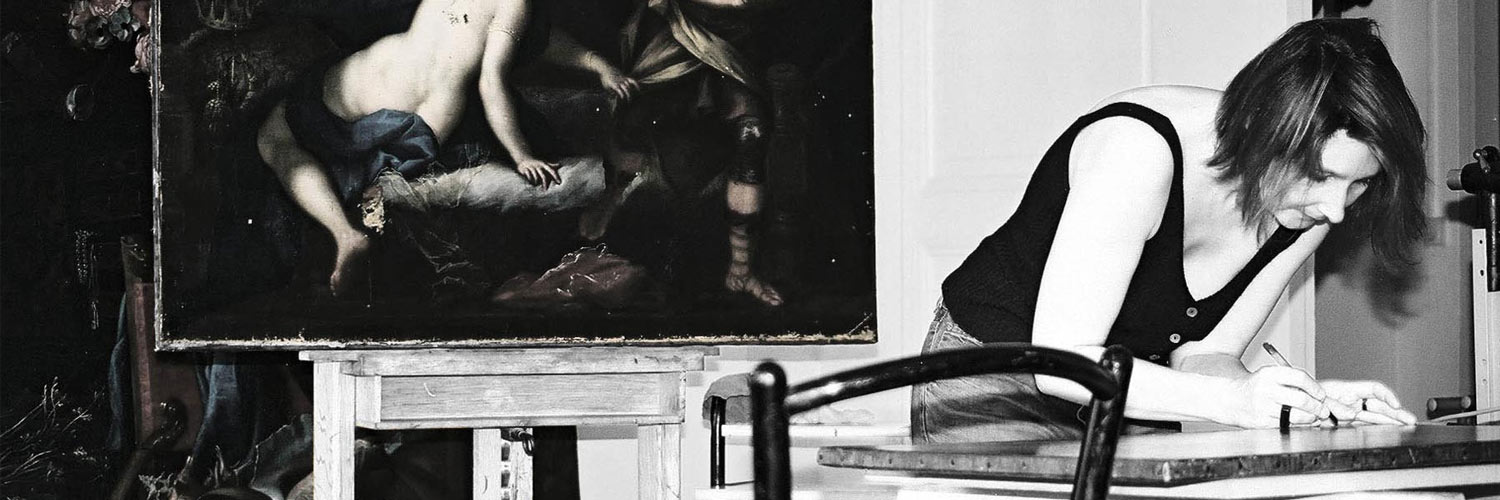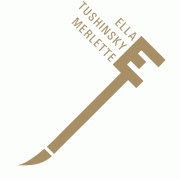
Professional Training education and training
One of the prerequisites of working in art conservation today is to enroll in an art conservation graduate program. However, the most important qualification in painting restoration is experience, which can only be acquired over time. Essential, too, is continuing education in the field, researching and training to stay up to date with the latest developments in restoration and conservation.
Education: higher education
- Master Professionnel de restauration des biens culturels de l’Université Paris 1 (Level II Master’s Degree in Cultural Materials Conservation, Pantheon-Sorbonne University) (→ link)
- Maîtrise de Sciences & Techniques en conservation-restauration des biens culturels de l’Université Paris 1 (Level I Master’s Degree in the Science and Techniques of Cultural Property Conservation-Restoration, Pantheon-Sorbonne University) (→ link)
- Degree in Art Conservation and Restoration from the Repin Institute of St-Petersburg (6 years of higher education) (→ link)
Further training: scientific and technical advances
- Master class on Cleaning Painted Surfaces for the loosening and removal of varnish and retouching: solutions, emulsions, gels (Wolbers method). INP (Institut National du Patrimoine, Paris) (→ link)
- Master class on Varnish: New Developments and Techniques in Recent Research. AARAFU (Association des Restaurateurs d’Art et d’Archéologie de Formation Universitaire), Paris (→ lien)
- Master class on the Re-fixing and Consolidation of Unvarnished Paintings. INP (Institut National du Patrimoine), Paris (→ link)
- Master class on the Reintegration of the Paint Layer Using the Trattegio Technique, with Pr. Domenico de Palo from the ISCR (lstituto Superiore per la Conservazione e il Restauro de Roma), (ISCR) AARAFU (Association des Restaurateurs d’Art et d’Archéologie de Formation Universitaire), Paris (→ link)
